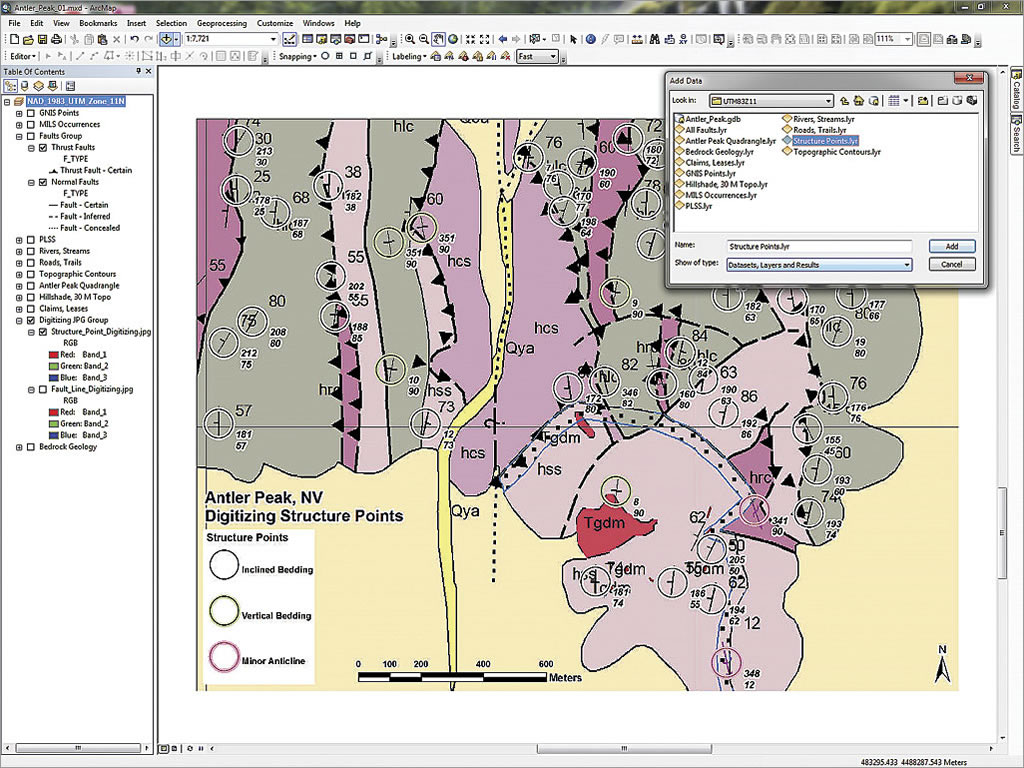
Getting started with arcpy.A quick tour of labeling with the Maplex Label Engine.Formatting a table in Microsoft Excel for use in ArcGIS.
ARCGIS 10.3 BOOK HOW TO
Understanding how to use Microsoft Excel files in ArcGIS. SQL reference for query expressions used in ArcGIS. Describing items from the Catalog window. Essential table and attribute information vocabulary. Essential readings about the geodatabase. ArcGIS 1: Introduction to GIS (10.3) Class Resources. Building Models for GIS Analysis Using ArcGIS, 10.2. Solving Spatial Problems Using ArcGIS, 10.2. When to use the Define Projection tool and the Project tool?. About geographic transformations and how to choose the right one. A quick tour of publishing a geoprocessing service. A quick tour of sharing geoprocessing workflows. An introduction to the commonly used GIS tools. Understanding conflict resolution and generalization. Designing Better Maps : A Guide for GIS Users. Exercise 2: Creating and editing features. Exercise 1: Getting started with creating features. Using label classes to label features from the same Building. Editing attributes in the Attributes window. Understanding how to edit values in a table. A quick tour of editing (subtopics include: Editor toolbar, Create Features window, Template Properties dialog box, Attributes Window, Edit Sketch Properties window, etc.). What is editing (subtopics include: Methods for creating data, Workflow for creating features in ArcMap, Creating points, Creating lines and polygons, Editing attributes, Editing existing features, etc.). About joining the attributes of features by their location. A quick tour of tables and attribute information. Exercise 2: Importing data into your geodatabase. Exercise 1: Organizing your data in the Catalog. Drawing features to show quantity by category. About symbolizing layers to represent quantity. Displaying a subset of features in a layer. A quick tour of creating and editing metadata. Geodatabase functionality in ArcGIS for Desktop Basic. The resources below are organized according to the lessons taught on each day and at the end are sections with More resources and More Esri links. Skills developed during the course include: Working with features and attributes, creating and modifying data, making maps, using tools and data to answer questions and solve spatial problems, and sharing geographic information. This course teaches the workflows to discover, use, make, and share maps and geographic data. It builds on the basic concepts taught in ArcGIS 1: Introduction to GIS. If you'd like to take a more detailed look at web apps, try Oso Mudslide - Before and After.This is a 3-day course that focuses on the essential ArcGIS workflows, tools, and techniques of ArcGIS for Desktop. To learn more about spatial analysis and problem solving, try Analyze Volcano Shelter Access in Hawaii or Identify Landslide Risk Areas in Colorado. Plus, the smooth surface and blue and white pattern are sure to add a modern touch to your catered. 
What's next? To learn more about mapmaking in ArcGIS Online, try Fight Child Poverty with Demographic Analysis or Track Crime Patterns to Aid Law Enforcement. With a sophisticated design and beautifully curved edges, this Arcoroc FK644 Candour Azure 10 3/8' porcelain oval platter is perfect for showcasing your most popular dishes Not only is it great for steaks or other large entrees, the platters coupe structure makes it ideal for holding sauces. Finally, you shared your findings by turning your map into an interactive web app. The spatial patterns revealed in your map helped you determine where evacuation assistance is most needed in the event of a hurricane. You added demographic data by census tract and used smart mapping to emphasize areas with limited vehicle ownership. In this lesson, you created a map with a layer of hurricane evacuation routes in Houston, Texas.

You can click View Application and copy the app's URL to share it with anyone. On the Settings (light) toolbar, click Search.Next, you'll navigate to your area of interest. As you add data to your map, it will be listed here. The Settings (light) toolbar allows you to access tools and options for configuring and interacting with map layers and other map components. The Contents (dark) toolbar allows you to manage and view the map contents and work with the map. On either side of the map are the toolbars. The default basemap is Topographic, but your map may have a different basemap depending on your organization's settings. The only layer on the map is the basemap, which provides geographic context such as water bodies and political boundaries. It may show the United States (such as in the example image), the world, or another extent. Your map's appearance varies based on your account or organizational settings and your browser window size. Otherwise, it will open an existing map (the last map you were using). If you're in a new session, clicking Map will open a new map.






 0 kommentar(er)
0 kommentar(er)
